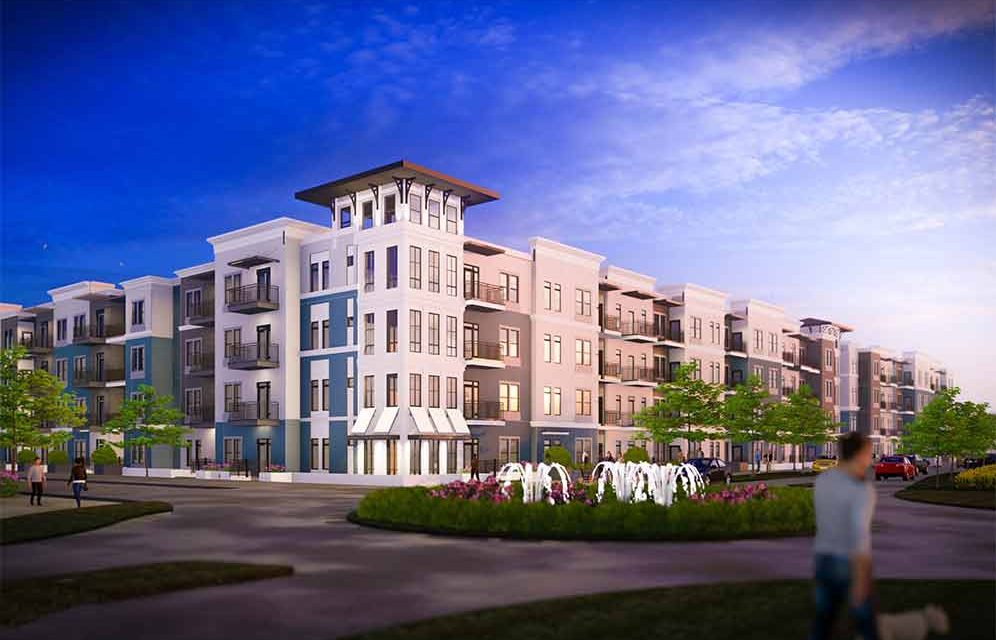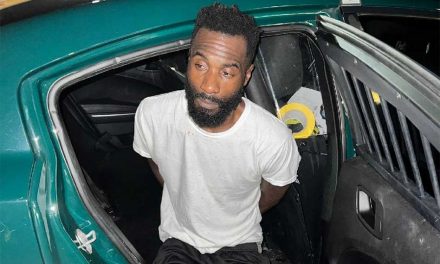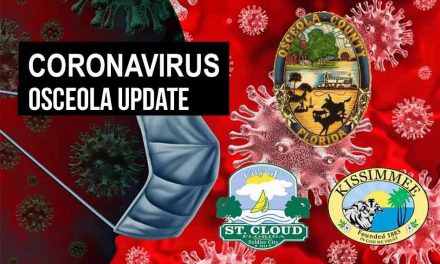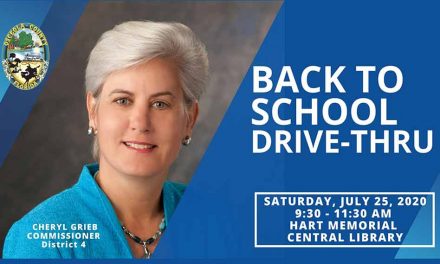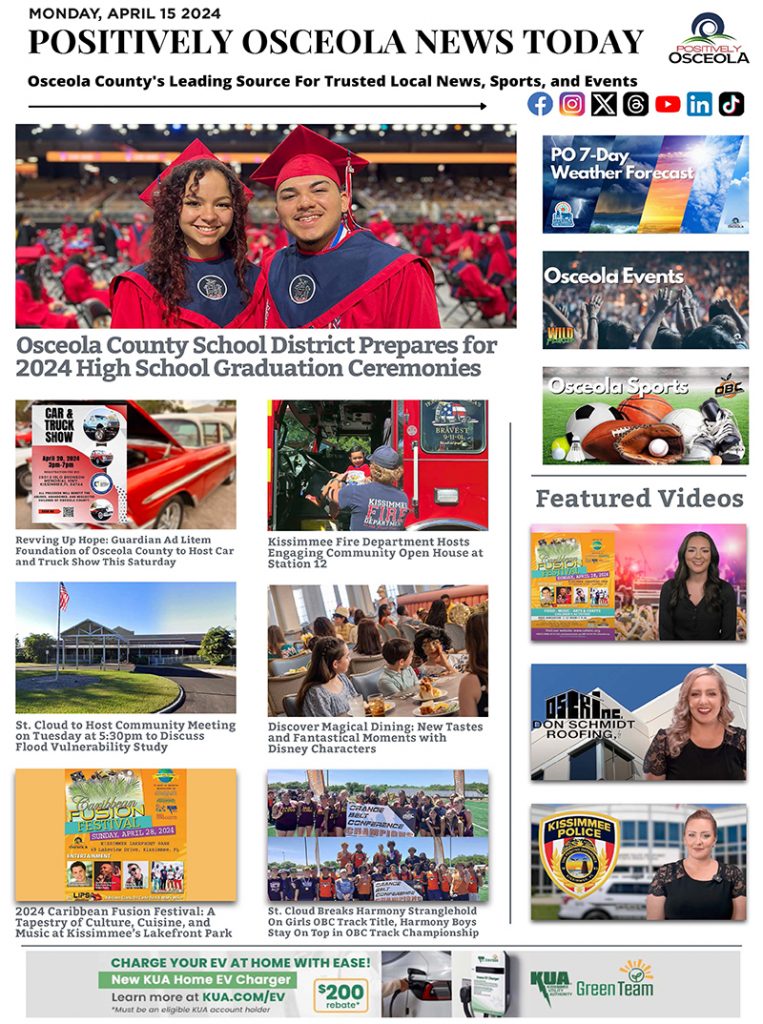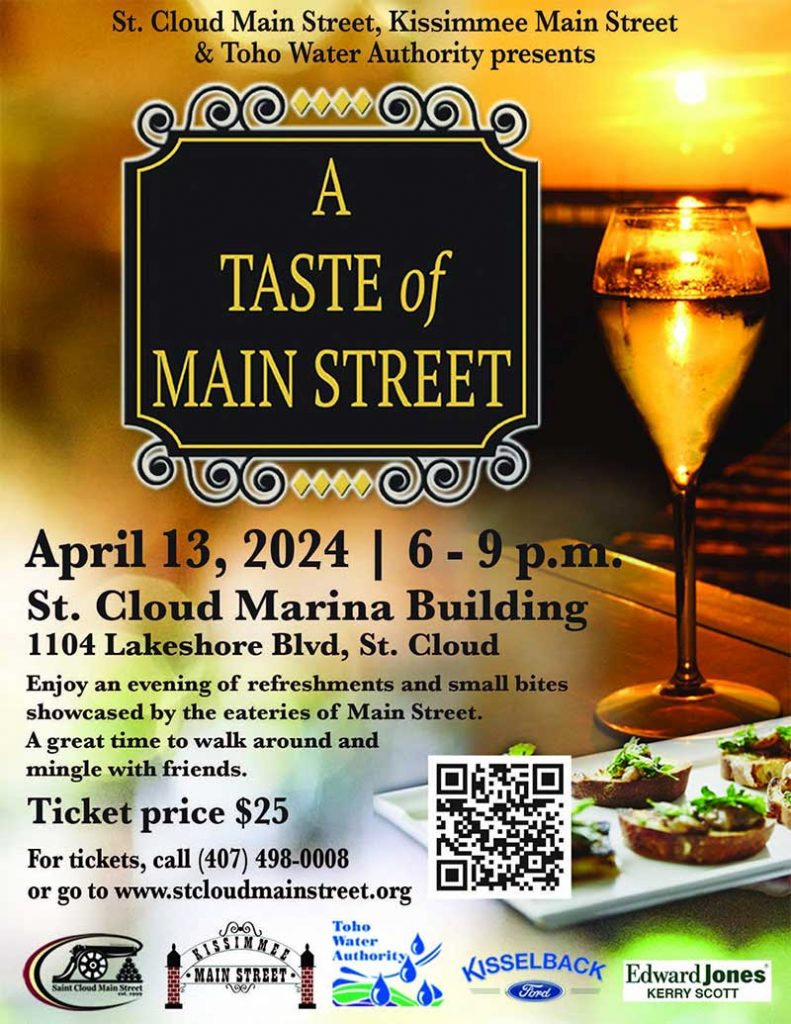Starting in mid-2021, local Kissimmee officials hope, you may be coming into that business center to go home.
Construction is slated to start on a couple of residential projects in or near the Main Street/Broadway corridor, including the Mosaic project, which kicked off to great fanfare in 2014, then carried on in the background.
Development will wrap around the Toho Square parking garage, which opened two years ago as part of a project that included improving and bricking Pleasant Street in front of it.
“It will be a busy time in downtown Kissimmee, the first quarter of next year you’ll see a lot of things happen,” said Kissimmee Development Services Director Craig Holland.
The Mosaic project will be built on two sites. The city retains the rights to the entire Toho Square site that wraps around the parking garage; the site is bordered by Pleasant Street, Monument Avenue, Ruby Avenue and the railroad tracks. That site will see about 305 apartment units. If construction does begin as planned in “January-ish” and the build-out takes 18 months, some of those units may be move-in ready by mid-2021. They are slated to go for local market rate or above, starting at around $1,150 a month for a studio apartment. According to the Mosaic Development website, the apartments will be built as a four-story luxury apartment community with concierge level resident amenities including club and game rooms, co-work lab space, a two-level fitness center and yoga room, a resort-level pool and pool deck with outdoor kitchen facilities, inside bike storage and parcel management.
As another transportation convenience the site is only two blocks from a multimodal transit station that offers SunRail and Amtrak commuter and passenger rail service and serves as a regional hub for bus service.
“People look twice at that, but it’s pretty standard for the area,” Holland said. “People are going to make decisions on where they live based on where they work.
“We’re getting really close, there’s a couple construction things done for the site. We’re in the final site approval process, the building permits will be submitted in the next week.”
Then there’s the former Hansel power plant site that the city sold to Mosaic developers for $1.16 million back in 2014. That part of the project should see a mix of townhouses and commercial development, and might feature a 100-room boutique hotel, but the plan is fluid, Holland said.
“There’s no timeline yet for commercial aspect, it keeps morphing. At one point they talked about units on top of the commercial, which is something we’d like to see. We have that right downtown already,” he said. “The more units, the better the project.”
Things have been kind of quiet in the five years since the city announced the coming of this project – at least on the public side. There has been a lot of work done by those who possess very high level degrees, like environmental remediation and the moving and replacing of sewer and water lines and dealing with soil issues (for instance, the parking garage needed a special base).
“It seems like a long time, but we’re not the perfect spot to put this, there are a lot of hurdles,” Holland said.” There’s financing hurdles to work on, and it’s on the site of where a power plant was. But we have a lot of good pieces in place to make this work down here.
“Even though it’s taken a long time, we’ve enjoyed a lot of positive support for it. When we start renting apartments there, people will forget how long it took. I think that once the apartments go in, that’ll help the market for the townhouses to become a reality.”
There’s also another resident project slated for the area, one that would bring around 200 units to a land parcel on Lawrence Silas Boulevard. People who move in there and into Mosaic will then need to have places to park, shop and eat, which adds another level to planning the development.
“That’s a lot of people to pull into downtown,” Holland said. “Eventually we’ll need a Publix-type store, which could go on Beaumont (Avenue).”
Planning for a base of residents in downtown has already begun. Kissimmee finally became more of a transportation hub when SunRail finally arrived; the city and county got state and federal transportation money to build the Multimodal Parking Garage next to the Civic Center, and the Lynx Circular buses transport about 1,800 riders per month.
That begs the question: Why downtown Kissimmee, and why now instead of maybe starting a decade ago?
Holland has been answering that for much longer than most people have been hearing about these “live, work and play” plans.
“For the past 15 years a focus of the city has been creating a residential core downtown, and we’ve had limited success until this point,” he said. “The recession slowed things. The City Commission held out for what they wanted — a developer to buy the land from us, to get the residential and commercial they wanted. And urban redevelopment always takes a little longer, there are so many moving parts in such a small space.”
And he vowed that downtown will be planned, zoned and developed better than the Vine Street corridor in order to not repeat mistakes made there.
“Vine didn’t become a problem overnight, so we have to get this right, right now,” Holland said.

